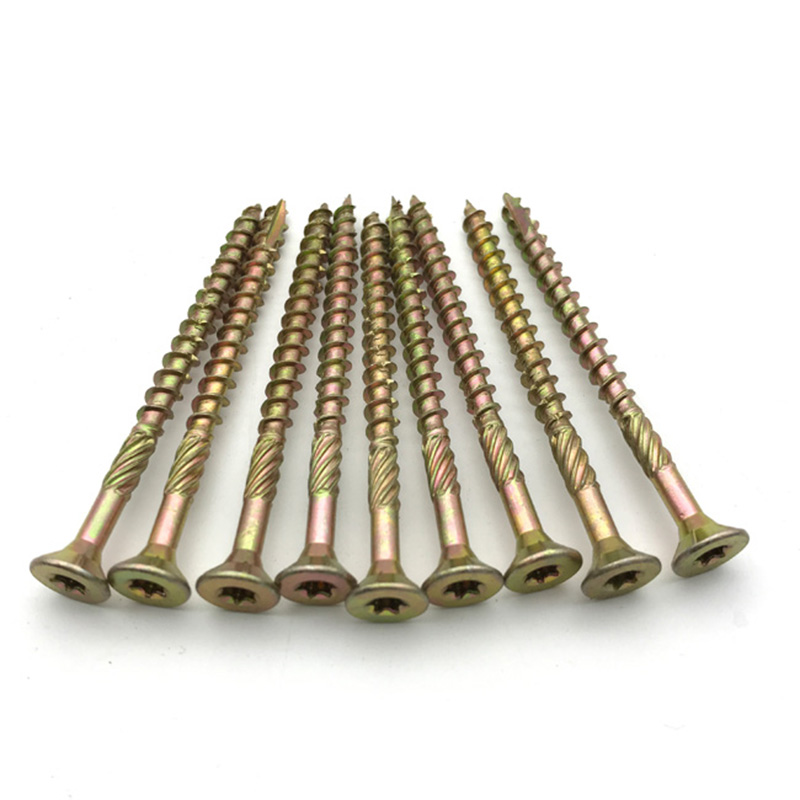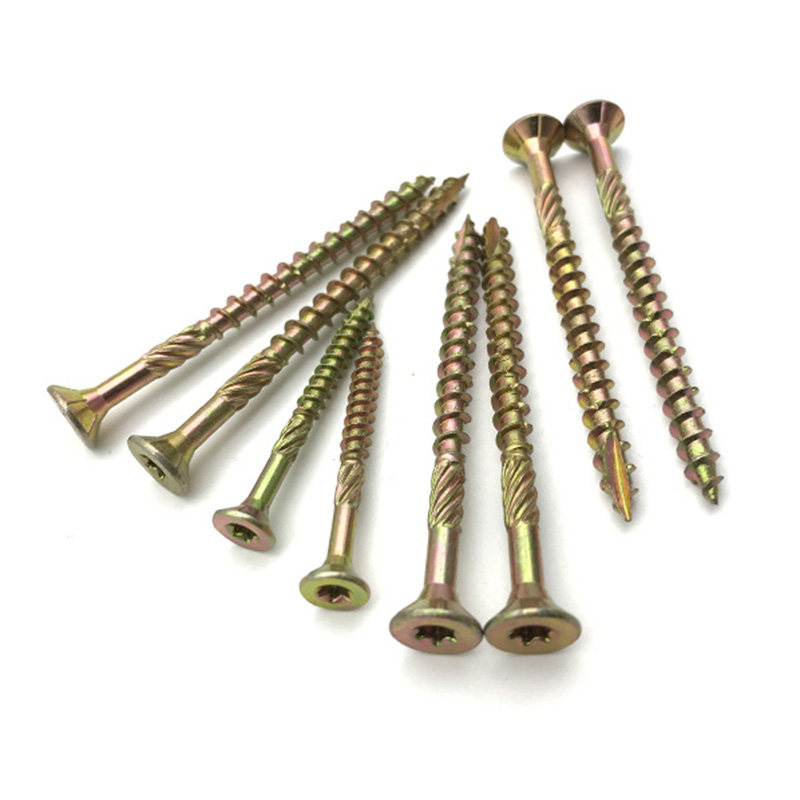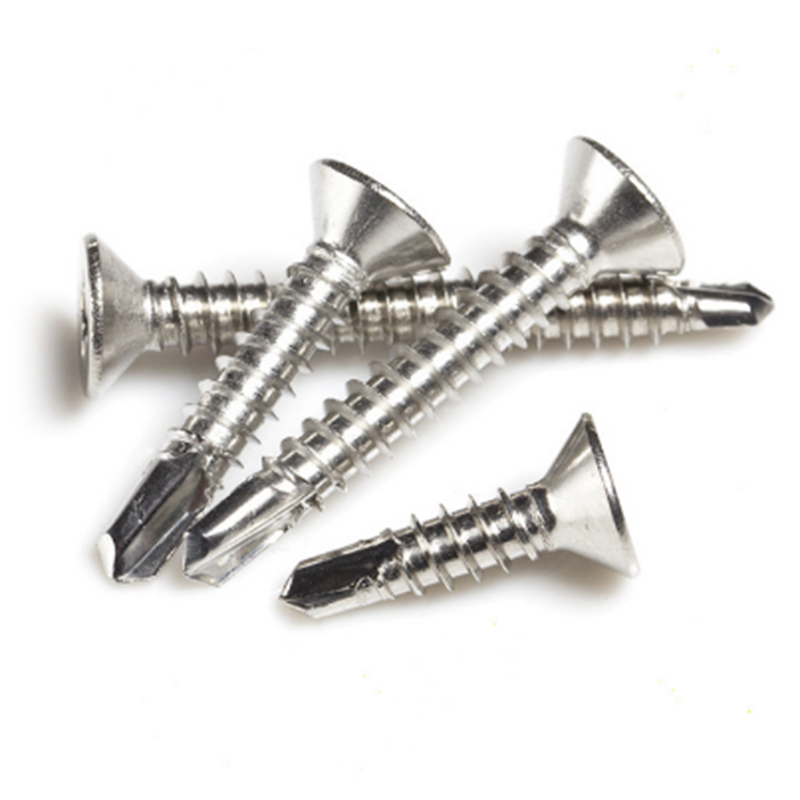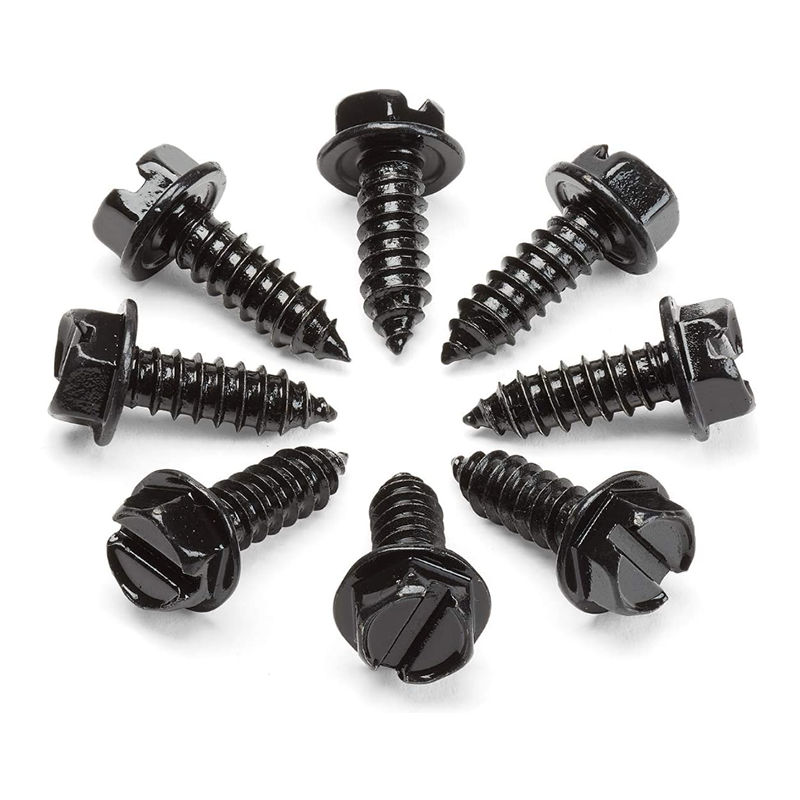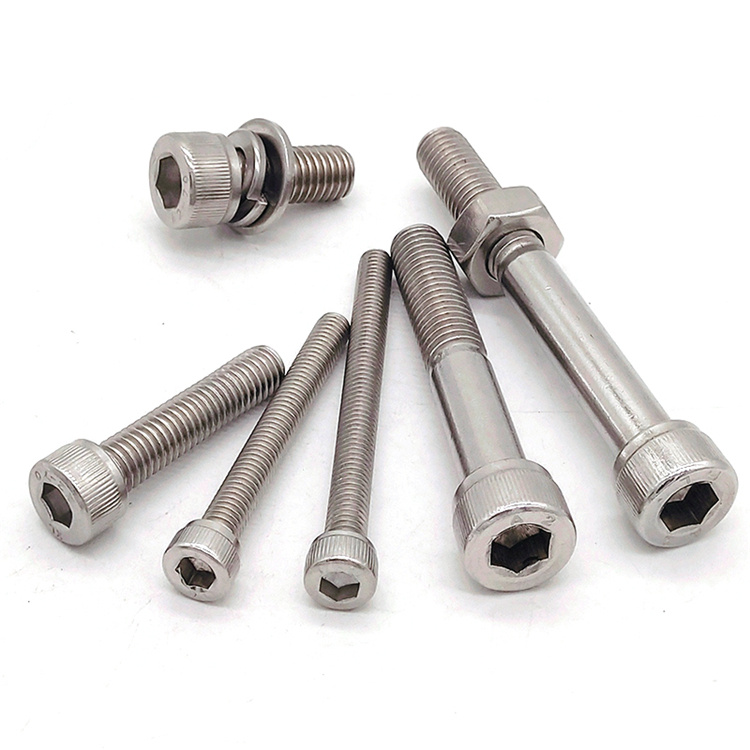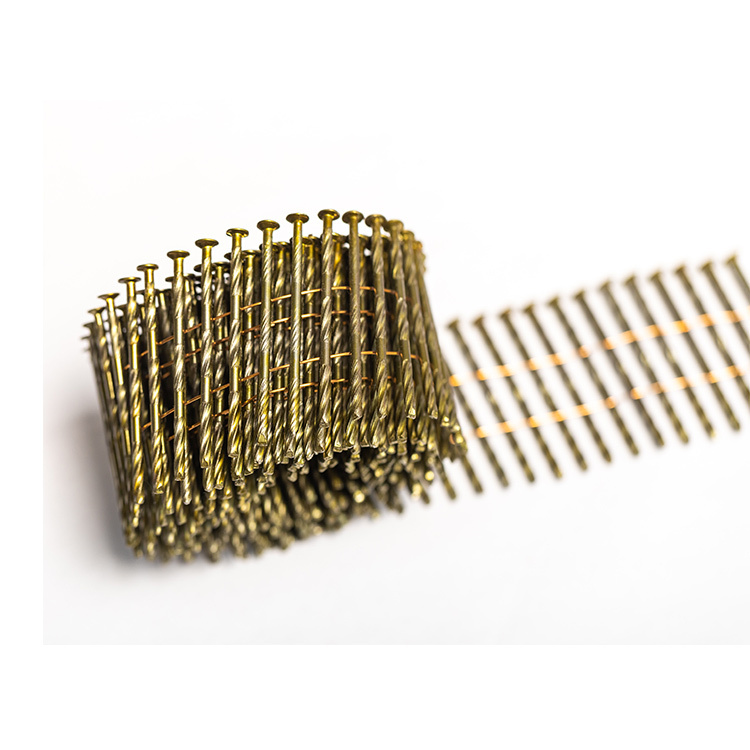A Simple Guide To Roofing Nails
A Simple Guide To Roofing Nails
A roofing nail is a specialized type of nail that is used to secure asphalt shingles and other types of roofing material to the roof deck. Roofing nails have a larger and more robust head than traditional nails, and they are also coated in a material that helps to resist corrosion.
Roofing nails are an essential part of any roofing project. They come in a variety of sizes, lengths, and colors to accommodate different roofing materials and needs. Here is a simple guide to help you select the right roofing nails for your project:
-Size: Roofing nails come in a variety of sizes, from 3/8" to 1". The most common size is 3/4". Select the size that best suits your roofing material. For example, if you're using asphalt shingles, you'll want to use a 3/4" nail. If you're working with thinner materials like cedar shakes, you can get away with using a smaller nail.
-Length: Roofing nails come in lengths ranging from 1" to 6". The most common length is 3", but it really depends on the thickness of your roofing material. For example, if you're using thicker shingles, you'll want to use longer nails. On the other hand, if you're working with thinner materials, shorter nails will suffice.
-Color: Roofing nails are available in a variety of colors.
Next, you need to decide what finish you want your nails to have. Roofing nails are available in both galvanized and stainless steel finishes. Galvanized nails have a zinc coating that helps protect them from rust and corrosion, while stainless steel nails have a shiny finish that looks great and won't rust or corrode.
Precautions for using Roofing Nails
Roofing nails are a type of nail specifically designed for use in roofing applications. They are often made of galvanized steel or aluminum, and have a large, flat head that helps to distribute the weight of the shingle evenly. Roofing nails also have a sharp point that penetrates the shingle more easily than other types of nails.
While roofing nails are specifically designed for use in roofing applications, there are still some precautions that you should take when using them. First, always make sure that you are wearing gloves when handling roofing nails. The sharp points can easily puncture your skin, and the galvanized steel or aluminum can cause an allergic reaction.
Second, be careful when driving the nails into the shingle. The large, flat head can easily slip off of the nail and hit you in the eye. If this happens, immediately seek medical attention.
Third, always use a nail gun when attaching shingles to your roof. Hand-nailing is very time-consuming and difficult to do correctly. A nail gun will help to ensure that the nails are driven in at the correct angle and with the correct amount of force.
Even the most experienced roofers can make mistakes when using roofing nails. Here are some precautions to take when using roofing nails:
- Use the correct size and type of nail for the project.
- Make sure the nails are driven in at the correct angle.
- Do not use too much force when driving in the nails.
- Inspect the nails after they have been driven in to make sure they are flush with the surface.



 0086 311-66105793
0086 311-66105793
 15076176199
15076176199






